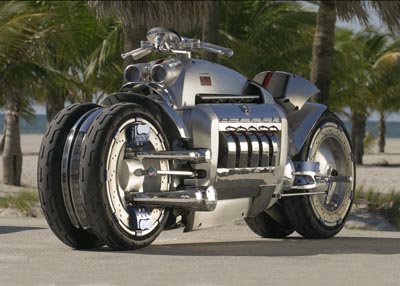Fuel company Shell has unveiled an ultra-efficient city car concept. Yes, that is as counterintuitive as it sounds.
The inventively named Shell Concept Car is said to potentially deliver “material reductions in energy use in the road transport sector”, with the micro-sized three-seater claimed to be “tangible proof of energy efficiency improvements that can be achieved by using cutting-edge technology available today through a process of ‘co-engineering’ whereby vehicle body, engine design and lubricants are all created together”.
The concept car is said to be a “total rethink of the Gordon Murray Design T.25 city car” which was built in prototype guise in 2010 and used a Shell prototype oil that was designed specifically to aid in engine efficiency. But more than just engine efficiency, Shell reckons it has developed a car that focuses on efficiency in all facets of production.
“Independent testing and a rigorous life-cycle study shows that Shell’s Concept Car would deliver a 34 per cent reduction in primary energy use over its entire lifecycle when compared to a typical city car available in the UK,” a statement from the company read.
“The Shell Concept Car would use around half the energy required to build and run than a typical small family car available in the UK and 69 per cent less than that of a typical sports utility vehicle available in the UK,” the statement read.
“The new car is the result of a co-engineering collaboration between world-leading vehicle, engine and lubricant designers, with each of the three elements of the vehicle tailored to work optimally with each other,” the company claims.
“It takes a holistic view on energy reduction focusing on design material selection; reduced energy demand via aggressive downsizing, and streamlining while enhancing the efficiency of energy delivery through innovative engine design and lubricant formulation to minimise the impact in terms of overall energy lifecycle use.”
So, how efficient is it? For a company that makes money from selling petrol and diesel, the thing is surprisingly efficient – with its three-cylinder petrol engine borrowed from Smart sipping just 2.64 litres per 100 kilometres based on city driving (up to 70km/h). Part of the reason it is so good on juice is that it weighs just 550 kilograms.
According to the company, a UK test facility ranked the Shell Concept Car better than a similarly-sized petrol-powered city car (28 per cent more efficient) and a hybrid car (32 per cent more efficient).
“Our car may be small, but it’s packed with potential,” said Shell’s vice president of lubricant research, Dr Andrew Hepher. “We want to accelerate the conversation about how we make road vehicles more energy efficient and less carbon-intensive. In the coming weeks and months, we look forward to sharing our research insights from this project with engine designers, car manufacturers, academics and other experts across the automotive sector.”






































